Yesterday, Huawei held a massive global conference where it released a plethora of products. In addition to the Huawei Mate 40 series, the company also released Huawei Sound, a 50W vertical charger, Huawei X Gentle Monster Eyewear II, Huawei Watch GT 2 Porsche Design, Huawei FreeBuds Studio, and so on. In addition to the Huawei mobile phones and gadgets, we also got more information on the Kirin 9000 SoC as well as a Kirin 9000E chip.
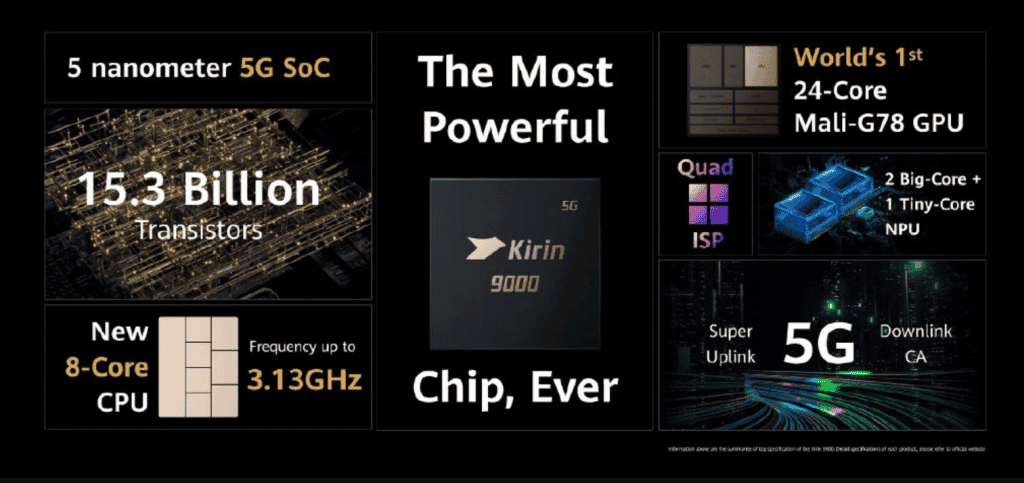
Yu Chengdong, Huawei consumer business CEO and executive director recalled the promise of the company four years ago. According to him, the company promised that Huawei mobile phones could be used for 18 months without freezing. However, this promise now extends to 36 months. In other words, Huawei smartphones with Kirin 9000 can 3 years without freezing.
Furthermore, test data shows that after 36 months in use, the fluency of Huawei Mate 40 Pro only drops by 2.5%. This is quite impressive considering that many three years old phones no longer get updates.
As we may all know, the Huawei Mate 40 Pro uses the Kirin 9000 5G chip, a 5nm process chip. This processor brings faster performance, lower heat, and a more energy-efficient operating experience. According to Yu Chengdong, the Kirin 9000 chip integrates 15.3 billion transistors, uses an eight-core CPU, a 24-core Mali-G78 GPU, 2 large cores + 1 small core NPU, and integrates Huawei’s most advanced ISP technology.
Below is the specs sheet of the smartphones that use the Huawei Kirin 9000 SoC. Please note that the Mate 40 comes with a Kirin 9000E SoC, a lower version of the Kirin 9000.
Gizchina News of the week
HUAWEI Mate 40 specifications
- 6.5-inch (2376 x 1080 Pixels) FHD+ OLED display,90 Hz refresh rate
- HUAWEI Kirin 9000E 5G (1 x Cortex-A77 3.13 GHz + 3 x Cortex-A77 2.54 GHz + 4 x Cortex-A55 2.05 GHz) processor with ARM Mali-G78 MP22 GPU, Big Core + Tiny Core NPUs (Neural-network Processing Unit)
- 8GB RAM, 128GB storage
- Android 10 with EMUI 11
- 50MP RYYB Ultra Vision camera with f/1.9 aperture, OIS, 16MP ultra-wide Cine camera with f/2.2 aperture, 8MP telephoto camera with 3x optical zoom, OIS, Laser Sensor, LED flash
- 13MP front camera with f/2.4 aperture
- In-display fingerprint sensor
- 3.5mm audio jack, Stereo speakers
- Dimensions: 158.6×72.5×8.8mm(Glass) / 9.2mm (Leather); Weight: 188g (Glass) / 184g (Leather)
- 5G SA/NSA, Dual 4G VoLTE, Wi-Fi 802.11 ax (2.4GHz and 5GHz), Bluetooth 5.2 LE, GPS (L1 + L5 dual band), NavIC, NFC, USB 3.1 Type-C (GEN1)
- 4200mAh (typical) battery with 40W HUAWEI SuperCharge
HUAWEI Mate 40 Pro and Mate 40 Pro+ specifications
- 6.76-inch (2772 x 1344 Pixels) FHD+ OLED display,90 Hz refresh rate
- HUAWEI Kirin 9000 5G (1 x Cortex-A77 3.13 GHz + 3 x Cortex-A77 2.54 GHz + 4 x Cortex-A55 2.05 GHz) processor with ARM Mali-G78 MP24 GPU,Dual Big Core + Tiny Core NPUs (Neural-network Processing Unit)
- 8GB RAM, 256GB storage (Mate 40 Pro) / 12GB RAM, 256GB storage (Mate 40 Pro+)
- Android 10 with EMUI 11
- Mate 40 Pro — 50MP RYYB Ultra Vision camera with f/1.9 aperture, OIS, 20MP ultra-wide Cine camera with f/1.8 aperture, 12MP telephoto camera with 5x optical zoom, OIS, Laser sensor, LED flash
- Mate 40 Pro+ — 50MP RYYB Ultra Vision camera with f/1.9 aperture, OIS, 20MP Ultra-wide Cine camera with f/1.8 aperture, 12MP telephoto camera with 5x optical zoom, OIS, 8MP periscope camera with 10x Optical Zoom, OIS, 3D Depth Sensing ToF Camera, LED flash
- 13MP front camera with f/2.4 aperture, 3D Depth Sensing ToF Camera
- In-display fingerprint sensor
- USB Type-C audio, Stereo speakers
- Water resistant (IP68)
- Mate 40 Pro – Dimensions:162.9×74.5×9.1mm(Glass) / 9.5mm (Leather); Weight: 212g
- Mate 40 Pro+ – Dimensions:162.9×74.5×8.8mm; Weight: 230g
- 5G SA/NSA, Dual 4G VoLTE, Wi-Fi 802.11 ax (2.4GHz and 5GHz), Bluetooth 5.2 LE, GPS (L1 + L5 dual-band), NavIC, NFC, USB 3.1 Type-C (GEN1)
- 4400mAh (typical) battery with 66W HUAWEI SuperCharge, 50W Wireless HUAWEI SuperCharge

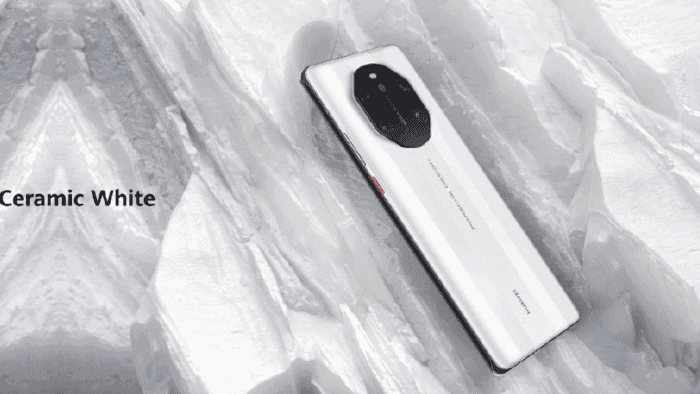
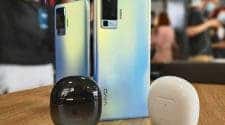
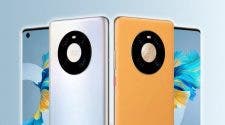

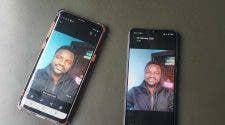
dang thats both gross and awesome. it's great that they admit that they make their phones slower and will delay it but it's disgusting that they still do it. apple and samsung don't have the same transparency though…